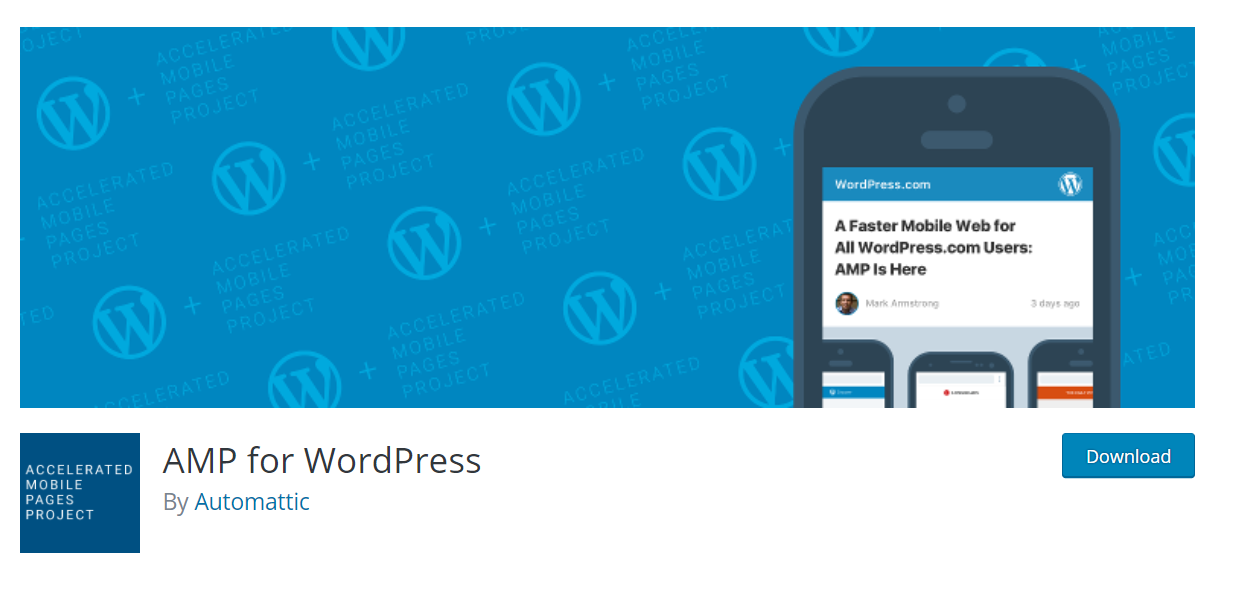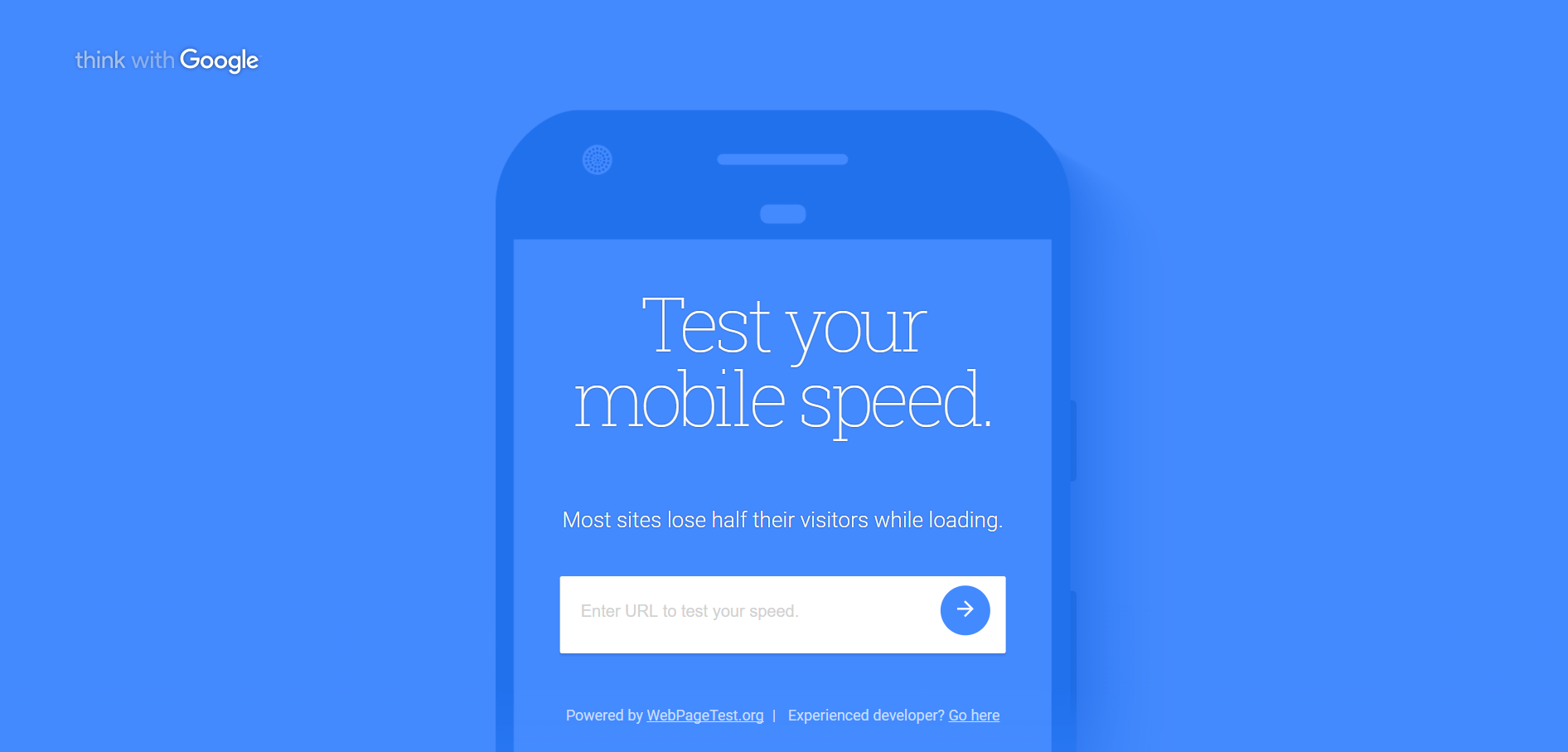Keep the Pace: Preparing for the Google Speed Update

Loading speed has become an integral part of SEO, being a factor in the overall user experience. It has been proven numerous times that fast loading speeds help users stay longer in a website, ensuring that you have steady traffic and a lower bounce rate. There are a variety of ways to lower loading times, which include using WordPress tools, along with some effective site optimization techniques that keep things fast and smooth.
Having a fast loading website helps improve your search rankings in Google, as they take in page speed as one key element. Mobile usage has also been on a steady upward trend, and emphasis on mobile-first usage is key to gaining more traffic. With that in mind, one of the major upcoming updates arriving this year is the Google Speed Update. Slated to be released in July 2018, here’s what you need to know about the update, and how to keep your website prepared for it.
What is the Google Speed Update?
As announced by Google themselves, the Google Speed Update aims to improve page loading speeds, and use it as another ranking factor in mobile searches. Page loading speed has been a desktop ranking factor since 2010, and it is about time that it has been implemented on mobile search results.
Once a niche option that is available on mobile devices, mobile websites and search results now occupy a high amount of traffic on the internet, with today’s devices becoming more sophisticated and capable of performing the same amount of functions as a personal computer. This, along with the improving internet connectivity across the world, make mobile devices the most convenient platform to access the internet.
With Google seeing the increased mobile usage in the past few years, they want to ensure that users would be able to have a good experience accessing mobile website. This led to the Speed Update, with the intent of improving mobile page loading speeds on some of the slower loading pages. While it has become highly accessible, some mobile websites still have performance issues which cause speed and usability issues.
With the Google Speed update, users would expect better performing pages, and for more SEO companies to focus on their mobile optimization efforts more keenly.
Preparing for Google Speed
With the update coming in July, there are 4 months left until it arrives. This gives you a good amount of time to be able to optimize your mobile webpages, and make sure that it performs well enough by the time loading speed becomes a ranking factor. Here are some of the most effective methods to help you optimize your mobile site for the upcoming update.
Apply AMP
Websites that use AMP have been increasing in number, largely due to the fact that it improves overall page performance, while making it more accessible to mobile users. While it might sound like a complicated process to implement it on your website, it is actually quick and simple when using the right tools.

If you are using WordPress, you can download the AMP plugin, which helps you quickly integrate it within your webpages. After doing so, you can access the website on both desktop and mobile to see the changes in viewability and loading speed. The use of AMP has been highly encouraged by everyone in the SEO industry, including our team here at SEO Hacker. If you want an effective way to optimize your site for mobile, this is the best start.
Content Accessibility Optimization
When users access your mobile website, they will expect that they would be able to access all of the content that would be present in the desktop version. There are many websites that prevent or hinder users from seeing more content on mobile, and this negatively affects their brand image. For our website, we make sure that our users would be able to access the same amount of content on both the desktop and mobile versions.

Having the same amount of content on both desktop and mobile would ensure that your users would be able to have a better experience. For our site, we made sure that our users access the same content for both versions. Restricting content on mobile puts a dent on the user experience, and optimizing your content accessibility would make the experience a good one for people who view your webpages.
Test your loading speed

There are many tools available that would be able to track your page loading speed, especially on mobile. The simplest way to do it is by using the Test My Site feature on Think with Google. All you have to do is enter your website’s URL, and wait for around a minute to see the results. The website offers a free assessment of your site, which helps you analyse what you can do to improve your site performance.
Key Takeaway
With Google taking a mobile-first approach, the Google Speed update is meant to enforce that approach. Adding another ranking factor changes things up for mobile SEO, while optimizing the user experience. With these preparation tips, you are guaranteed that you would be able to ready your website for July’s update.
If you have any questions about SEO or mobile optimization, leave a comment below and let’s talk.
